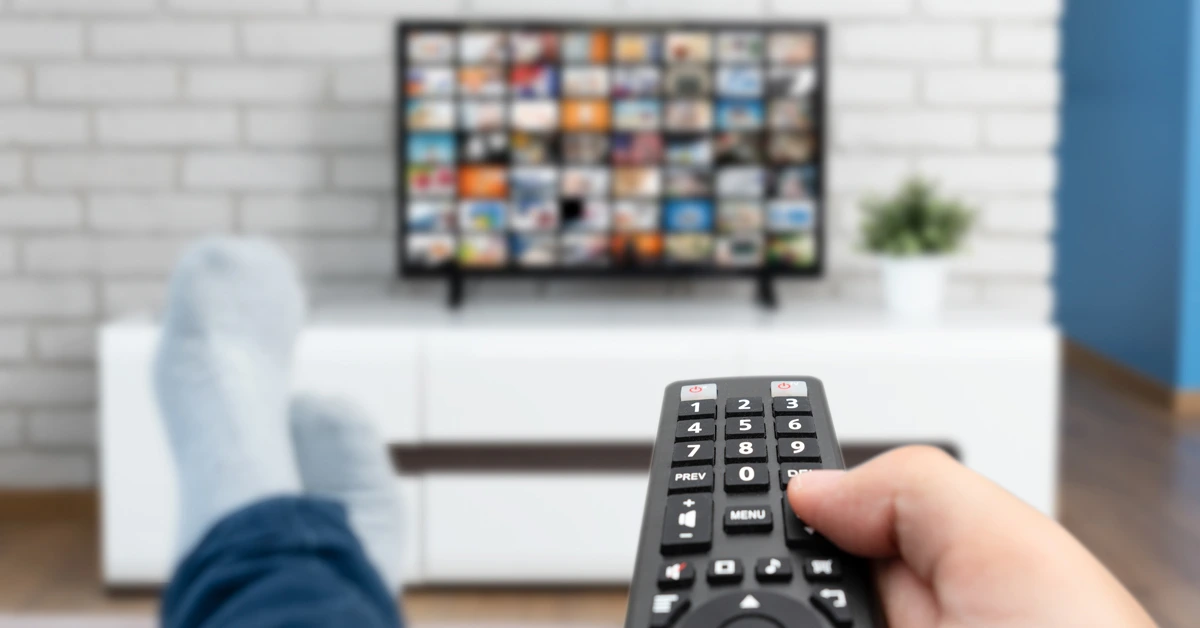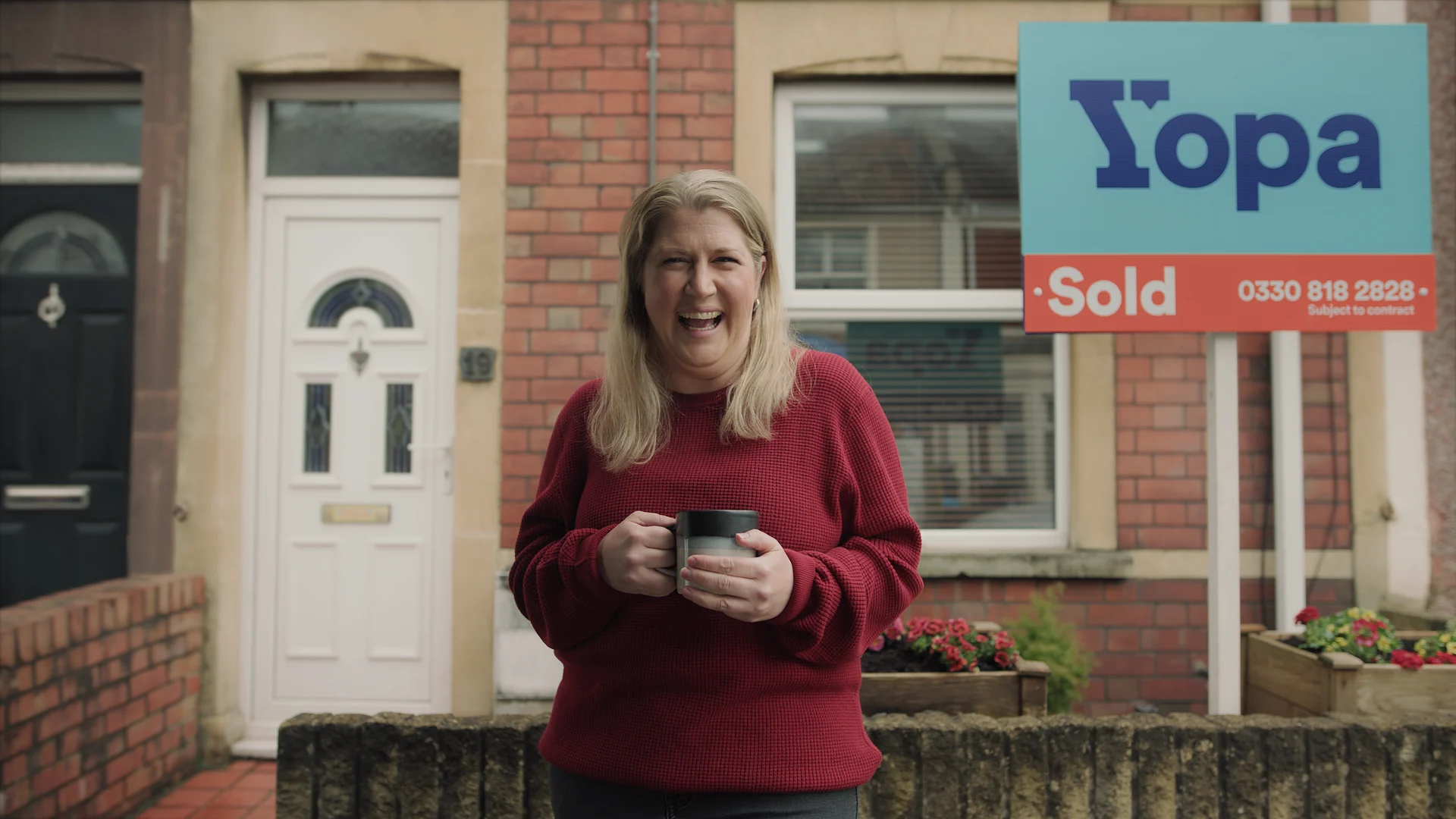YouTube Isn’t Just a Digital Platform — It’s a TV Powerhouse

YouTube Isn’t Just a Digital Platform — It’s a TV Powerhouse
The 2025 edition of Ofcom’s Media Nations report just confirmed what many of us in the industry have long suspected: the definition of “TV” is changing, fast.
This year’s headline is hard to ignore: YouTube has overtaken both ITV and Netflix in total viewing share — making it the second most-watched video platform in the UK after the BBC. That’s not just a headline for the trade press. That’s a cultural shift with major implications for how brands reach audiences.
At Happy Hour, we’ve been treating YouTube as a TV channel for years. We’ve watched the rise of long-form content, the explosion of YouTube viewing on connected TVs, and the steady migration of attention from traditional broadcasters to digital-first platforms. And we’ve adapted our strategy accordingly.
The Big Screen Is Back — But Not As We Knew It
The idea that YouTube is only for short clips on your phone is now firmly outdated. According to Ofcom, 41% of YouTube viewing now happens on TV sets, up from 34% the previous year. That’s not a fluke — it’s a habit. Viewers are leaning back, not scrolling through.
What’s even more telling is that half of YouTube’s most popular content now mirrors the format and feel of traditional TV — long-form storytelling, entertainment shows, and even full episodes from broadcasters like ITV and Channel 4.
This matters for brands. It means that YouTube isn’t just part of a digital plan — it belongs in the same conversation as TV when you're planning for reach, attention, and brand-building.
From Either/Or to Both/And
There was a time when media plans drew a thick line between “TV” and “online video.” That line is now blurred, if not entirely erased.
As Media Nations shows, audiences don’t think in channels — they think in content. They’ll watch Love Island on ITVX, a drama series on Netflix, a vlog on YouTube, and a highlight reel on TikTok — often all in one evening, often all on the same screen. And increasingly, they’re doing it on their TVs.
Broadcaster content still dominates in-home viewing (56%), but it’s facing increasing pressure from SVoD and video-sharing platforms, especially among younger viewers. Among 16-24s, less than a quarter of their viewing is to broadcast content — and YouTube alone accounts for more than any single broadcaster.
The Opportunity for Brands
For advertisers, this shift isn’t something to fear — it’s a huge opportunity.
YouTube offers reach at scale, particularly among audiences that are disengaging from traditional linear TV. It offers precise targeting, flexible formats, and creative freedom. And crucially, it offers attention — the kind that only comes from full-screen, sound-on viewing on a 50-inch screen in the living room.
At Happy Hour, we’ve leaned into this change — whether it’s planning YouTube as a core part of the AV mix, producing bespoke content that plays to the platform’s strengths, or using our TV expertise to craft spots that cut through in a skippable world.
Big Screens, Big Shifts, Big Potential
The takeaway from this year’s Media Nations report is clear: TV is evolving, and platforms like YouTube are no longer just add-ons — they’re AV essentials.
For brands that are ready to embrace this blended world of broadcast and digital, the potential is huge. And for agencies that understand both worlds — and how to bring them together — it’s an exciting time to be in the business.
.webp)
.webp)
